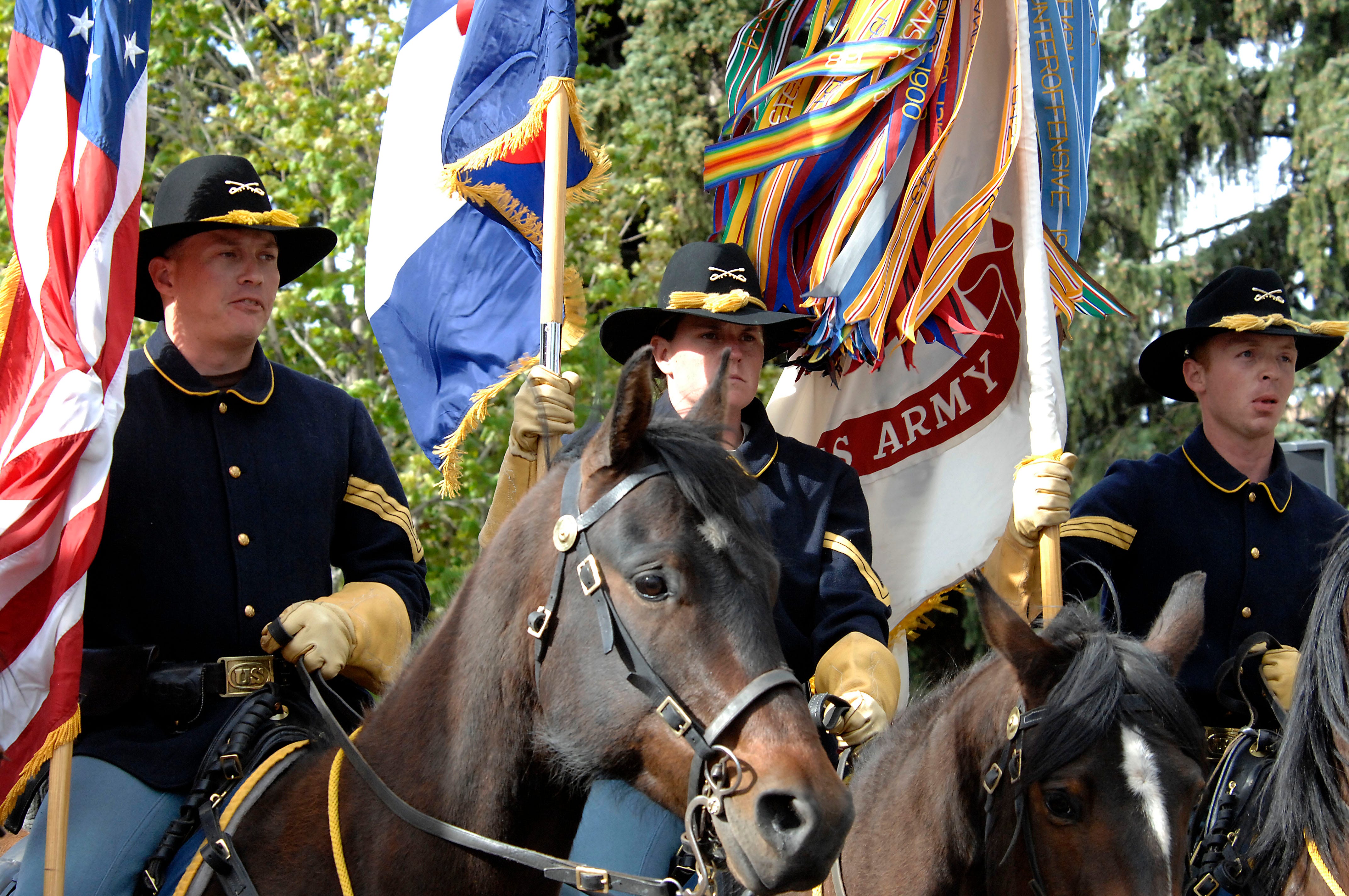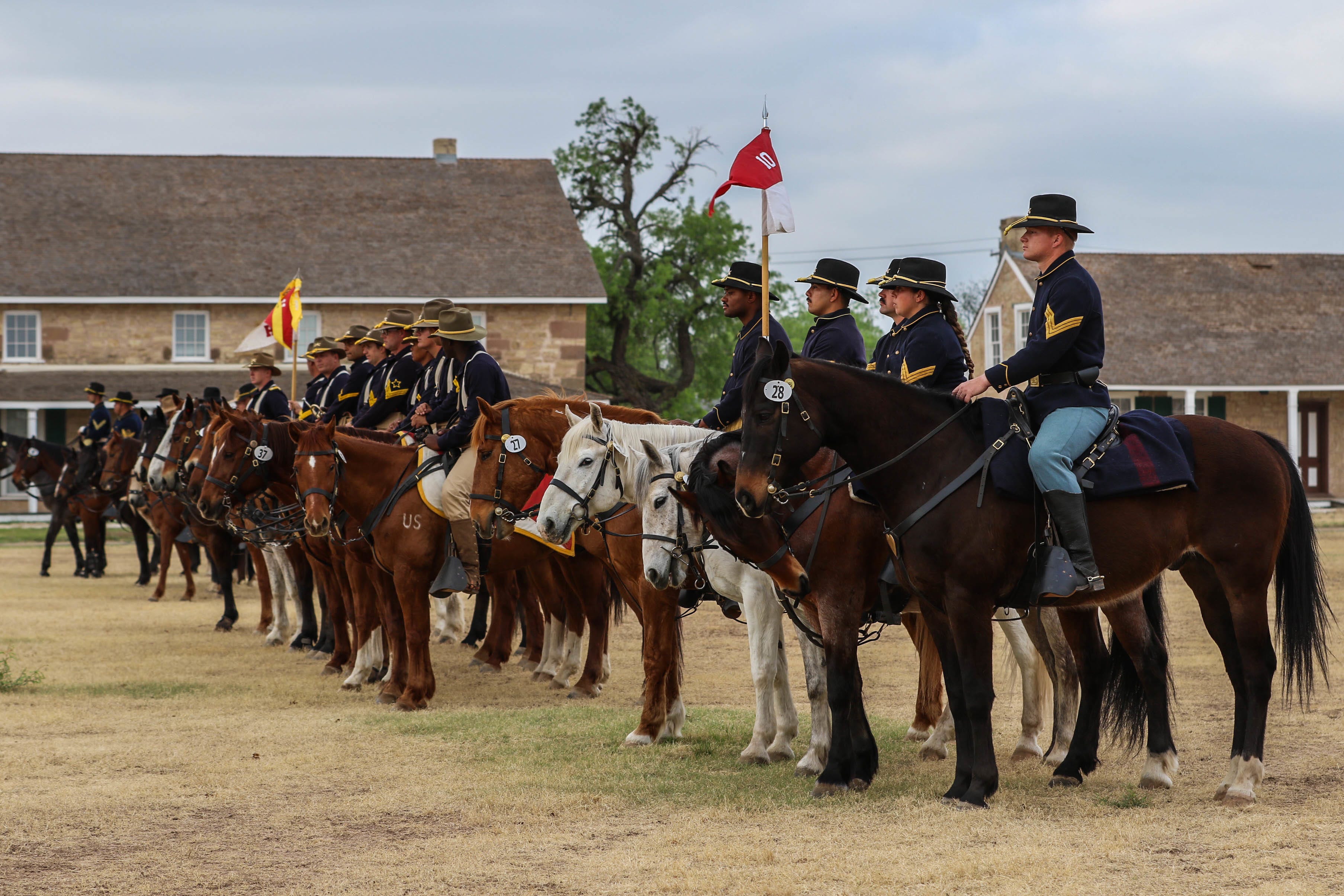
Sgt. Christopher Grey/US Army
The US Army is axing almost all of its horse programs. But while some lament the blow to the service’s cavalry history in exchange for $2 million in savings a year, the move may be wise considering the long-standing problems of poor equine welfare.
“I’m torn,” an Army veterinarian familiar with the programs told Business Insider of the disbanding. “I think overall it’s a relief, since there just aren’t the veterinary resources available to take care of the horses properly.”
“On the other hand, I wish we could provide quality care and keep them,” they said, speaking on the condition of anonymity because they were not authorized to talk to the press.
Starting this month, the Army will begin shuttering five military equine programs operating at Fort Irwin in California, Fort Huachuca in Arizona, Fort Riley in Kansas, Fort Sill in Oklahoma, and Fort Hood in Texas.
All of the units perform ceremonial duties, such as parade and rodeo performances and mounted color guard duties, military traditions rooted in Army cavalry history.
Citing “care and compassion” as the guiding light, 141 horses in those five locations will be transferred outside of the military, Army spokesman Steve Warren told reporters Tuesday morning.

MC1 Andre McIntyre/US Navy
Two ceremonial caisson units, which specialize in transporting service member caskets at military funerals by horse-drawn wagons, will continue to operate — one at Arlington National Cemetery in Virginia and another at Joint Base San Antonio in Texas.
Army equine issues spilled over into the public eye in 2022 after CNN reported multiple deaths among Arlington’s horses, attributed to unsanitary living conditions and shoddy care. That report prompted an internal Army assessment of equine living conditions across the country, which found systemic problems related to equine healthcare rooted in a broad lack of equine understanding and poor funding.
The Arlington unit — one of the Army’s most prestigious and revered postings — was shut down for almost two years for a serious overhaul in the wake of those findings.
After initially struggling to reform the unit, the service found multiple equestrian legends, including world-renowned carriage drivers and an Olympic gold medalist, to help rebuild the embattled program from scratch with input from the Royal Canadian Mounted Police and the British Royal Household Cavalry.
A new horse farm for the unit is in the works on top of a $30 million five-year budget approved last year that remains intact, said Lt. Col. Patrick Husted, a spokesman for the Army Military District of Washington, which oversees the unit.

Sgt. Kelsey Simmons/US Army
“Sustaining our current budget is critical to the continued modernization of our caisson program, which encompasses personnel recruitment, herd acquisition, comprehensive training, equipment upgrades, and facility improvements,” Husted wrote in an email to Business Insider.
Horses, especially those in performance programs such as military ceremonial units, require intense expert oversight often including personalized diets, custom-fitted saddles and harnesses, and advanced physical care that can include expensive water-treadmills or chiropractic treatments.
But such transformation seems to be limited to Arlington’s horses, one of the Army’s most public-facing units, which returned from its hiatus only recently. The Texas caisson program, meanwhile, does not appear to have undergone extensive reform like that of Arlington’s. And it is unclear whether recreational equine programs that are set to remain have improved their equine care.
Nearly every Army equine unit was noted in the service’s internal 2022 equine welfare report for subpar facilities and mismanagement.
Even for those non-ceremonial equines, the quality of care should exceed what most people determine to be sufficient, experts say, including things like routine specialized hoof maintenance by professional farriers, a role previously filled by soliders.
Neither the Air Force nor Navy appear to maintain ceremonial equine units.
The Marine Corps maintains two equine units— one at its Bridgeport, California Mountain Warfare Training Center, where troops learn how to use equines as wartime pack animals, and another in Barstow, California with a dozen horses dedicated to ceremonial purposes.
Laurie Pearson, a spokesperson for Marine Corps Logistics Base Barstow, told BI that the Marines’ mounted color guard does not plan to be disbanded.
“The USMC Mounted Color Guard is the last such unit in the Marine Corps,” Pearson wrote in an email to BI. “They are a part of a robust Community Relations Program and Marine Corps recruiting efforts.”
It is unclear whether the Marines’ two equine units have undergone recent external equine assessments.
The post The US Army is saying goodbye to most of its horses. Here’s why that might not be a bad thing. appeared first on Business Insider.




